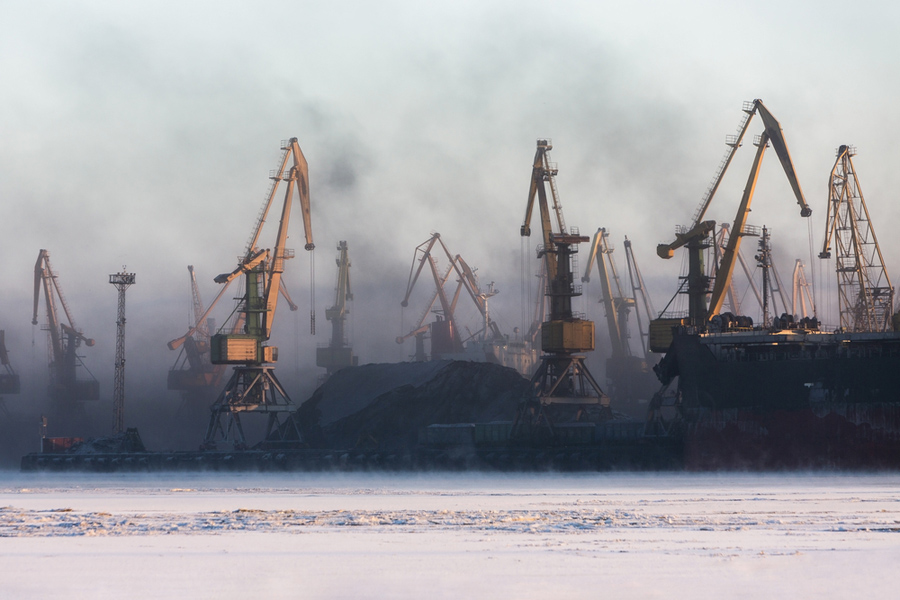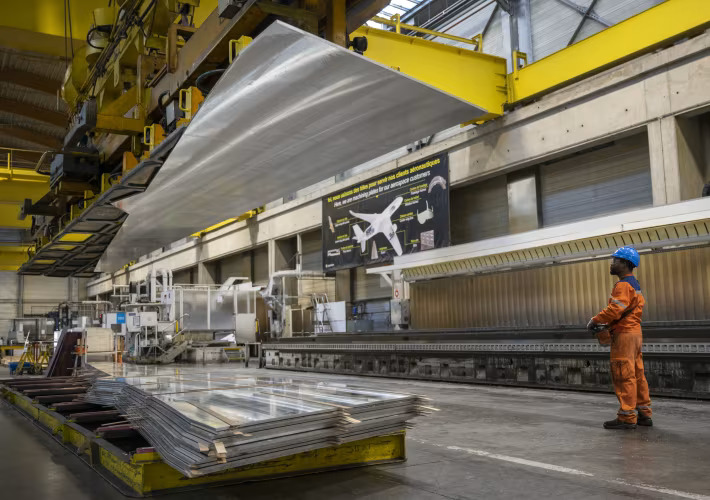US, China climate pact devastating for coal price

While not rising at quite the dizzying pace of the coking variety, thermal coal has added 37% in value this year with the benchmark Australian export price recently coming within shouting distance of $70 a tonne.
A new report by Wood Mackenzie assessing the impact of climate change on the global trade in coal used in electricity generation paints a very different picture however.
The study follows the US and China formally ratifying the COP21 Paris climate agreement last weekend at the G20 summit in China. Wood Mackenzie forecasts a 40% fall in trade in thermal coal if the temperature of the world rises by only 2 degrees Celsius from an estimated 900 million tonnes for 2016 to 527 million tonnes by 2035.
“Although the impact on prices is hard to predict in a carbon-constrained world, they will undoubtedly will be lower”
Prakash Sharma, research director of global coal markets for Wood Mackenzie, says: “Putting things into context for thermal coal trade, Wood Mackenzie’s proprietary modelling suggests seaborne import demand to shrink by 40% by 2035. Asia, Europe and the Americas will import 433, 80 and 15 million tonnes, respectively, in 2035 from 673, 170 and 39 million, respectively, estimated for 2016.”
Sharma says although the impact on prices is hard to predict in a carbon-constrained world, “they will undoubtedly will be lower”.
Wood Mackenzie’s modelling suggests prices would likely fall significantly and stay below $50 per tonne (FOB Newcastle in real terms) post-2020.
“However,” says Sharma, “the market may well consolidate which could result in producers having more power over prices. Other factors such as a global price on carbon and greater demand for premium thermal coal could sharply increase supply costs which could also lead to higher prices.”
Wood Mackenzie’s analysis of the International Energy Agency’s 450 Scenario which is based on massive improvements in energy efficiency and a greater share for renewables and natural gas in the mix, predicts a sharp reduction in the share of coal-fired generation from 41% in 2013 to 16% by 2035.
Colombia, Russia and South Africa combined will export less than Australia in 2035
The IEA 450 Scenario presents a bearish coal import outlook for Japan, South Korea, Taiwan and Southeast Asia, where domestic reserves are either non-existent or exhausting. China and India have options to support domestic coal industry and restrict imports.
“Our analysis suggests demand for high-energy bituminous coals will be more resilient compared with low energy lignite-type coals. As a result, we expect Australian exports to fall more slowly than the rest. Australian exports will decline from 210 million tonnes in 2016 to 135 by 2035. In comparison, Indonesian exports will decline from 340 million tonnes in 2016 to 193 by 2035. Colombia, Russia and South Africa combined will export less than Australia in 2035.”
The impact could even more severe than the already dire trading environment sketched above without technological breakthroughs for carbon capture and storage. If CCS becomes commercial post-2020 it could “potentially support 980 million tonnes thermal coal consumption in 2035”, but should cost and technological barriers persist the thermal coal industry could face a greater crisis.
Sharma says: “Thermal coal trade in a 2 degrees Celsius world looks very challenging. Many unintended consequences for energy supply security, power generation costs and fuel prices may emerge that have not yet been evaluated nor integrated in corporate strategies and governmental plans despite the two major nation’s formal ratification over the weekend.”
SEE ALSO: Glencore: Massive investment in coal mines needed
{{ commodity.name }}
{{ post.title }}
{{ post.date }}




2 Comments
Mike Failla
Many un intended consequences indeed!
world citizen
the gloom and doom scenario underestimates the cost of clean fuel production aka solar, costs prohibitive especially in the developing world where coal is still king